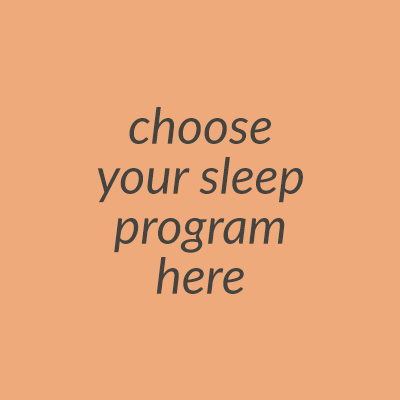In Part 1 of Toddler Sleep Help I discussed the importance of early bedtimes and bedtime routines. Important components in healthy toddler sleep. Part 2 of our discussion will be focused on what happens with your child once you leave the room. Associations like the pacifier, sleeping in his bed, him sleeping in yours, and rocking him until he falls asleep means that your child needs you to fall asleep. If that association isn’t there when he wakes up in the middle of the night, he may have a hard time falling back to sleep without it.
The stars in the diagram below represent the toddler sleep associations your child may have. Maybe it’s needing mom or dad in the room while they fall asleep or a bottle of milk when they wake up. The lines represent your child cycling in and out of sleep. As they cycle out of sleep, what is known as the partial arousal zone, they may need help to get back into that next cycle. It’s once we remove these associations that they start falling into the next cycle on their own.
Sign Up For Our Newsletter

If and when you are ready to help your toddler sleep better you need to gently and gradually phase out these associations. Consistency is important in the sleep method you choose as well as the environment you create. My job as your Sleep Coach is to guide you throughout the process of analyzing your sleep issues, help you choose a method that follows your parenting philosophy and your child’s personality and temperament, and more importantly provide you with ongoing support throughout your sleep journey. You need to sit down with your partner and choose a plan and stick with it. I understand that it’s easy to get worn down at 2:00 am by your child begging you to come to their room. Having a plan before the night begins can help you stay on course. Maybe your plan includes multiple silent returns with escorting him back to his room, giving him a quick kiss and leaving. Or you may have to assist in keeping them in their room by shutting the door, putting up a gate, or installing a childproof door handle. Whichever method you choose, and there are many out there, stay strong and consistent!
**Tip** Let them choose a lovey or comfort item that they can take into bed with them. Communicate to them that when they wake up in the night they can give their stuffie a little cuddle and mommy will see them in the morning.
Learning to stay in bed can be hard work and sometimes it’s a good idea to offer an incentive. Fun sleep tricks are a great way to encourage your child to follow your bedtime rules.
Bending the rules every now and then is okay. The one time I say rules are out the window is if your child is sick or has a bad dream but at some point you have to get back on track to make sure you are protecting those healthy toddler sleep habits you’ve worked so hard to create.
Next I’ll be discussing the importance of setting limits in Part 3. This is the usually the biggest struggle with sleep, but a very important component of fixing most toddler sleep struggles. Stay tuned…






